-
 bitcoin
bitcoin $114050.498472 USD
2.69% -
 ethereum
ethereum $4371.902473 USD
1.67% -
 xrp
xrp $2.995548 USD
1.55% -
 tether
tether $1.000215 USD
0.04% -
 bnb
bnb $892.359281 USD
1.43% -
 solana
solana $224.837338 USD
4.00% -
 usd-coin
usd-coin $0.999716 USD
-0.03% -
 dogecoin
dogecoin $0.246520 USD
3.37% -
 tron
tron $0.341142 USD
1.74% -
 cardano
cardano $0.886598 USD
2.57% -
 hyperliquid
hyperliquid $55.973026 USD
5.62% -
 chainlink
chainlink $23.669165 USD
2.89% -
 ethena-usde
ethena-usde $1.000760 USD
-0.02% -
 sui
sui $3.612536 USD
3.80% -
 stellar
stellar $0.388361 USD
4.33%
How can I identify a rebound selling point after a moving average system shows a bearish pattern?
A bearish moving average crossover, like the "death cross," signals potential downtrend continuation, especially when confirmed by volume and momentum indicators.
Sep 11, 2025 at 09:18 am

Understanding Bearish Patterns in Moving Average Systems
1. A bearish pattern in a moving average system typically occurs when a short-term moving average crosses below a long-term moving average. This crossover is commonly referred to as a 'death cross' in technical analysis circles. Traders interpret this as a strong signal of downward momentum building in the market. The crossover suggests that recent price action is weakening compared to historical averages, which often precedes further declines.
2. Volume confirmation plays a critical role in validating the bearish signal. A drop in price accompanied by rising volume strengthens the reliability of the bearish pattern. Conversely, if the crossover happens with low volume, it may indicate a lack of conviction among sellers, potentially leading to a false signal. Monitoring on-chain volume data in cryptocurrency markets can offer deeper insights into whether institutional or retail traders are driving the move.
3. Additional indicators such as the Relative Strength Index (RSI) and MACD can help confirm overbought or oversold conditions following the bearish crossover. If RSI dips below 30 shortly after the moving average cross, it may suggest the asset is oversold, increasing the probability of a short-term rebound. However, this does not negate the overall bearish trend—it only highlights a potential temporary bounce.
Spotting Rebound Selling Opportunities
1. After a bearish moving average crossover, price often retraces toward the now-resistance level formed by the long-term moving average, such as the 200-day MA. This retest offers a strategic selling point if price fails to reclaim the moving average. Traders watch for rejection patterns like bearish engulfing candles or shooting stars at this level.
2. Fibonacci retracement levels are useful tools for identifying potential rebound zones. Common retracement levels like 38.2%, 50%, and 61.8% from the prior uptrend can act as temporary resistance. If price approaches one of these levels while the moving averages remain in bearish alignment, it presents a high-probability area to initiate short positions or take profits on longs.
3. Divergence between price and momentum indicators can signal a weakening rebound. For example, if price makes a higher high during the bounce but the MACD forms a lower high, it indicates diminishing bullish momentum. This bearish divergence is a strong clue that the rebound is losing steam and a reversal to the downside may be imminent.
Managing Risk in Rebound Trade Setups
1. Position sizing should be adjusted according to the strength of the bearish signal and the volatility of the asset. In highly volatile crypto markets, smaller position sizes help mitigate risk during uncertain rebounds. Using a percentage of portfolio allocation—such as no more than 2-3% per trade—can prevent overexposure.
2. Stop-loss placement is crucial. Placing a stop above the recent swing high of the rebound ensures that if the price breaks out strongly, the loss is contained. Some traders use a volatility-based stop, such as a multiple of the Average True Range (ATR), to account for sudden spikes in price movement common in digital assets.
3. Avoiding emotional trading during rebounds is essential. Many traders mistake a temporary bounce for a trend reversal, especially in highly speculative markets like cryptocurrencies. Sticking to predefined rules based on moving average structure and confirmation signals reduces impulsive decisions.
Common Questions About Rebound Selling in Crypto Markets
What is a death cross and why does it matter in crypto trading?A death cross occurs when the 50-day moving average falls below the 200-day moving average. It matters because it often signals a shift from a bullish to a bearish long-term trend. In volatile markets like Bitcoin or Ethereum, this pattern has historically preceded significant downturns, making it a key reference point for trend traders.
Can a rebound happen even after a confirmed bearish moving average crossover?Yes, rebounds are common after bearish crossovers. Markets rarely move in straight lines, and short-term bounces occur due to profit-taking, short covering, or temporary buying surges. These rebounds do not invalidate the bearish trend but offer tactical selling opportunities for experienced traders.
How do I confirm a failed rebound before entering a short position?Look for price rejection at key resistance levels, such as the 200-day MA or Fibonacci zones. Bearish candlestick patterns, declining volume on up-moves, and negative divergences in momentum indicators like RSI or MACD add confirmation. Entry is often timed when price breaks below the low of the rejection candle.
Are moving average crossovers more reliable in certain crypto assets?They tend to be more reliable in large-cap cryptocurrencies like Bitcoin and Ethereum due to higher liquidity and less susceptibility to manipulation. In low-cap altcoins, whipsaws and false signals are more frequent, so additional filters like volume and on-chain metrics are necessary to improve accuracy.
Disclaimer:info@kdj.com
The information provided is not trading advice. kdj.com does not assume any responsibility for any investments made based on the information provided in this article. Cryptocurrencies are highly volatile and it is highly recommended that you invest with caution after thorough research!
If you believe that the content used on this website infringes your copyright, please contact us immediately (info@kdj.com) and we will delete it promptly.
- Crypto Wallet Evolution: Best Wallet's Solana Support and Gas Controls Lead the Way
- 2025-09-12 04:45:16
- Bitcoin Pullbacks and McGlone's Take: A NYC Perspective
- 2025-09-12 04:25:16
- Lyno AI Presale: Hype or the Next Big Thing?
- 2025-09-12 05:05:16
- PENDLE Price Surges Past $5 on Volume Spike: What's Next?
- 2025-09-12 04:45:16
- Crypto's Next Big Thing: AI Presales, Dogecoin's Evolution, and the Regulatory Shift
- 2025-09-12 05:05:16
- MoonBull Meme Coin: Primed for a 2025 Bull Run?
- 2025-09-12 04:50:01
Related knowledge
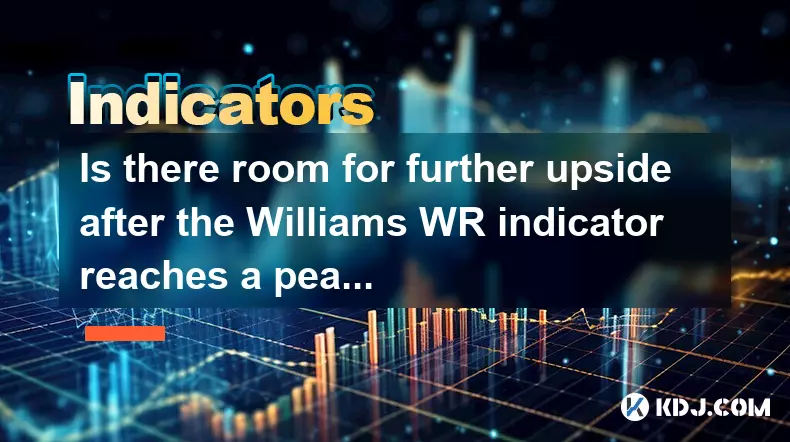
Is there room for further upside after the Williams WR indicator reaches a peak?
Sep 11,2025 at 07:36pm
Understanding the Williams %R in Crypto Markets1. The Williams %R is a momentum oscillator developed by Larry Williams to identify overbought and over...

What is the success rate of a TRIX golden cross?
Sep 11,2025 at 02:18am
Understanding the TRIX Indicator in Cryptocurrency Trading1. The TRIX (Triple Exponential Average) indicator is a momentum oscillator designed to filt...
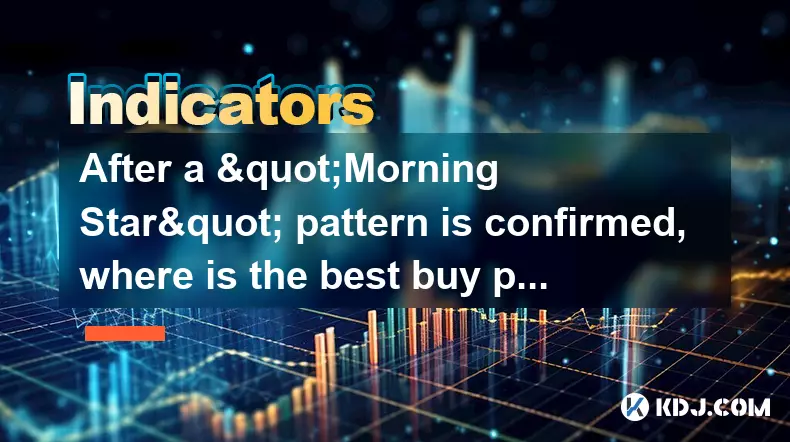
After a "Morning Star" pattern is confirmed, where is the best buy point?
Sep 10,2025 at 06:00pm
Understanding the Morning Star Pattern1. The Morning Star is a bullish reversal candlestick pattern that typically forms at the end of a downtrend. It...
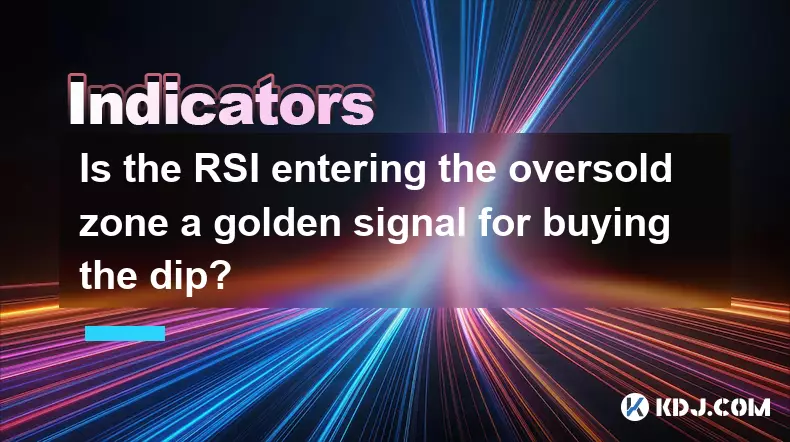
Is the RSI entering the oversold zone a golden signal for buying the dip?
Sep 09,2025 at 02:55pm
Understanding the RSI and Its Role in Crypto Trading1. The Relative Strength Index (RSI) is a momentum oscillator widely used in the cryptocurrency ma...
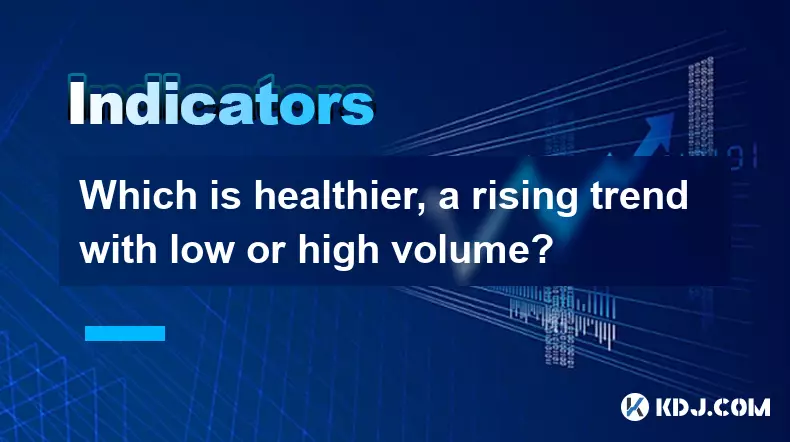
Which is healthier, a rising trend with low or high volume?
Sep 09,2025 at 04:00pm
Understanding Volume in Market Trends1. Volume serves as a critical indicator when analyzing the strength of a rising trend in cryptocurrency markets....
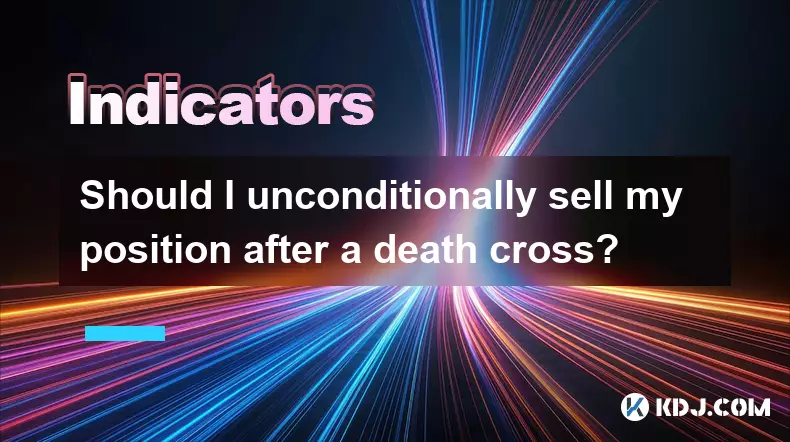
Should I unconditionally sell my position after a death cross?
Sep 11,2025 at 11:00am
Understanding the Death Cross in Cryptocurrency Markets1. The death cross is a technical indicator that occurs when a short-term moving average, typic...

Is there room for further upside after the Williams WR indicator reaches a peak?
Sep 11,2025 at 07:36pm
Understanding the Williams %R in Crypto Markets1. The Williams %R is a momentum oscillator developed by Larry Williams to identify overbought and over...

What is the success rate of a TRIX golden cross?
Sep 11,2025 at 02:18am
Understanding the TRIX Indicator in Cryptocurrency Trading1. The TRIX (Triple Exponential Average) indicator is a momentum oscillator designed to filt...

After a "Morning Star" pattern is confirmed, where is the best buy point?
Sep 10,2025 at 06:00pm
Understanding the Morning Star Pattern1. The Morning Star is a bullish reversal candlestick pattern that typically forms at the end of a downtrend. It...

Is the RSI entering the oversold zone a golden signal for buying the dip?
Sep 09,2025 at 02:55pm
Understanding the RSI and Its Role in Crypto Trading1. The Relative Strength Index (RSI) is a momentum oscillator widely used in the cryptocurrency ma...

Which is healthier, a rising trend with low or high volume?
Sep 09,2025 at 04:00pm
Understanding Volume in Market Trends1. Volume serves as a critical indicator when analyzing the strength of a rising trend in cryptocurrency markets....

Should I unconditionally sell my position after a death cross?
Sep 11,2025 at 11:00am
Understanding the Death Cross in Cryptocurrency Markets1. The death cross is a technical indicator that occurs when a short-term moving average, typic...
See all articles










































































